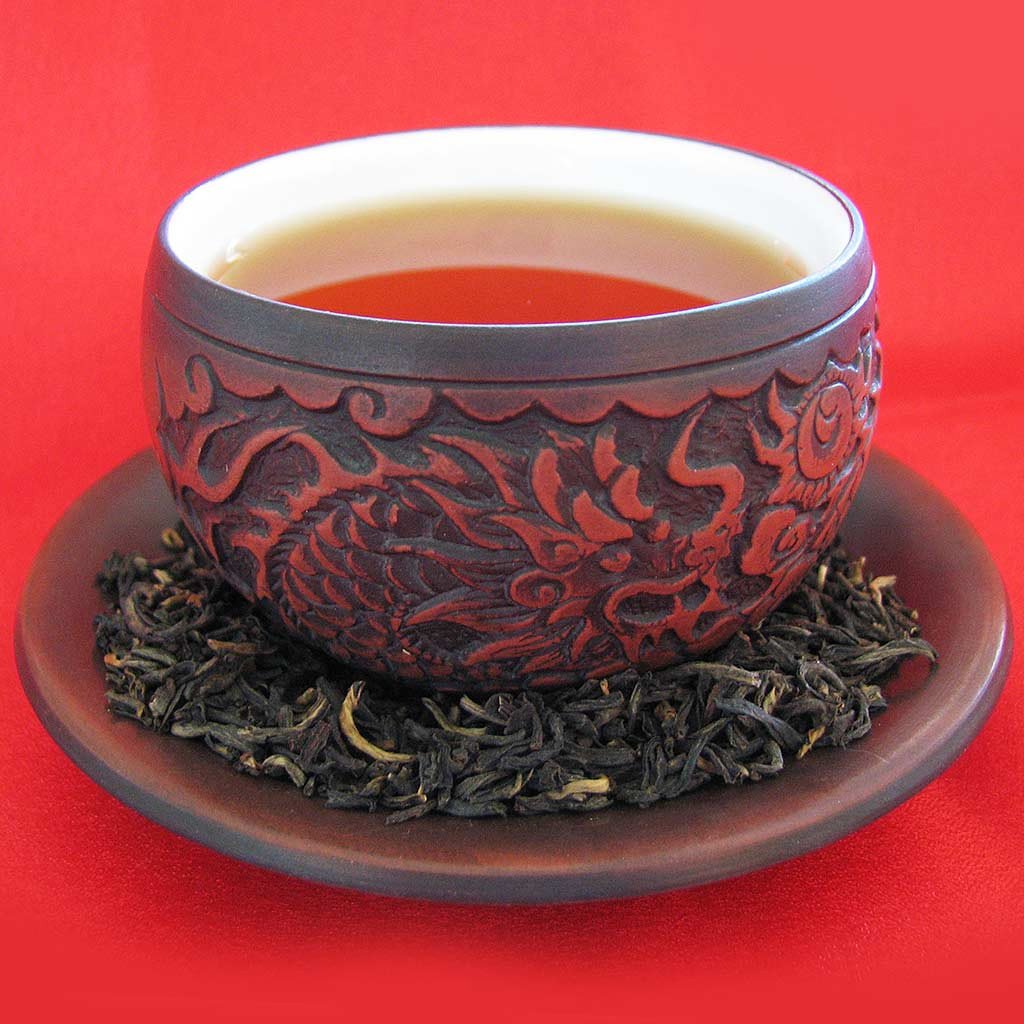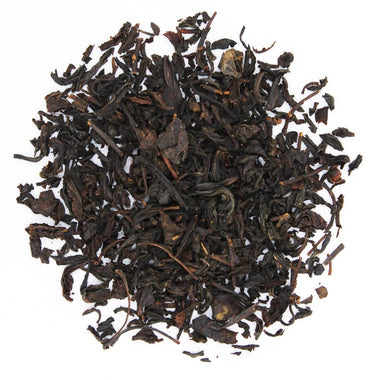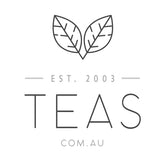Chinese Black Tea
Posted by SALINA - TEAS.COM.AU

One of my favourite "tea time spots" is Yum Cha at a Chinese restaurant, which reminds me China is the country that produces most tea in the world.
China produces over 1 million tonnes each year.
How much is a tonne of tea?
1 pallet = 1 tonne = 290-350kg large leaf black tea (more kg if the tea is more chopped up) 
Put it simply 1 tonne of tea makes about 100,000 cups of tea!
That is seriously a lot of tea - and that is just China alone. Imagine if you add tea from all other tea producing countries (even the US, New Zealand and Australia!)
No wonder tea is the second most drunk beverage in the world, next to water.
China is the only country makes EVERY KIND of tea, including the common tea types:
- Black Tea (eg Keemun, Yunnan Red, Lapsang Souchong)
- Green Tea (eg Sencha, Jasmine Green Tea, Long Jing)
- Oolong (eg Tie Guan Yin)
- White Tea (eg Silver Needle, Sow Mee)
- Pu-erh (eg Pu-erh, Toucha)
And of course there are also fruit and herbal infusions which strictly speaking, are not tea as they do not contain tea leaves.
Hidden Gem
Amongst all the Chinese common tea types, Chinese black tea is probably the least talked about.
With the domination of Lipton, Twinning and the like in the mass tea market, most tea drinkers associate black tea with Indian and Sri Lankan (ceylon) black tea, but there are some Chinese black tea worth noting with characteristics you can't find in the sub-continental counterparts.
Naming Confusion
Let me start by clarifying this terminology first: when we say Chinese black tea, we mean Chinese “RED” tea.
Chinese black tea is called Chinese red tea because of the copper colour infusion.
In Chinese tea categorisation, Chinese black is Chinese red. Black tea in Chinese tea categorisation is Pu-erh.
Chinese red tea goes through the same process as a standard black tea and its pivotal process, oxidation (some refers as fermentation), gives the black tea as its unique taste, along with a coppery reddish tone in its brew, hence the tea categorisation name.
Chinese Black Tea Types
Chinese black tea originated from FuJian, some time around the 16th century.
There are 2 main leaf types in Chinese blacks: Congou and Souchong.
Congou typically features small leaves with a tint of sweetish-smokiness. Some compare it to a fine red wine! Keemun black tea, a fine example of Congou, is sometimes referred as Keemun Congou.
Congou implies the complex work involved in making the tea. Another beautiful congou is Lychee Red, which is often served in southern Chinese household.

Souchong comes from Yunnan, where you can still find virgin hillsides and young tea workers in their traditional tribal clothing. The most well known Lapsang Souchong is a fine example of Souchong, which carries a bold smoky flavour which smells and tastes like fine cigar or burnt tyres depending on your personal liking!
(Smokers love it!)
Tasting Notes
Generally speaking, Chinese black tea has lower tannin than its Indian and Ceylon counterparts.
Brewing is just the same as with any black tea with water just come to boil and you can serve it with milk, although Chinese typically drink tea with milk and over-brewing is not recommended.
Our Recommendations
To start, I would definitely recommend getting Yunnan Red. It has an interesting "burnt caramel" sort of flavour that is very tasty with a little bit of sweetened condensed milk.
Even on its own, it is very grounding, very yang.
The other tea you have to try even if you hate me for it afterwards - Lapsang souchong. It is a STRONG tea and not everyone's cup of tea.
If you like Prince of Wales and Russian Caravan, then Lapsang Souchong is that next notch up in terms of bold smokiness.
Some Lapsang Souchong lovers buy this tea 5kg at a time, because more and more Lapang makers are flavouring this tea instead of making it the traditional way using pine wood smoking the tea. The two are VERY different and it is unfair to even call them the same thing.
Beyond that, Keemun, Lychee Red, Yunnan Gold Monkey are all pretty interesting and can be your second steps into the world of Chinese black tea.
SHARE:

AUSTRALIA'S FINEST LOOSE LEAF TEAS
Explore Australia's largest selection of Premium Teas & All-Natural Organic Herbal Blends.


